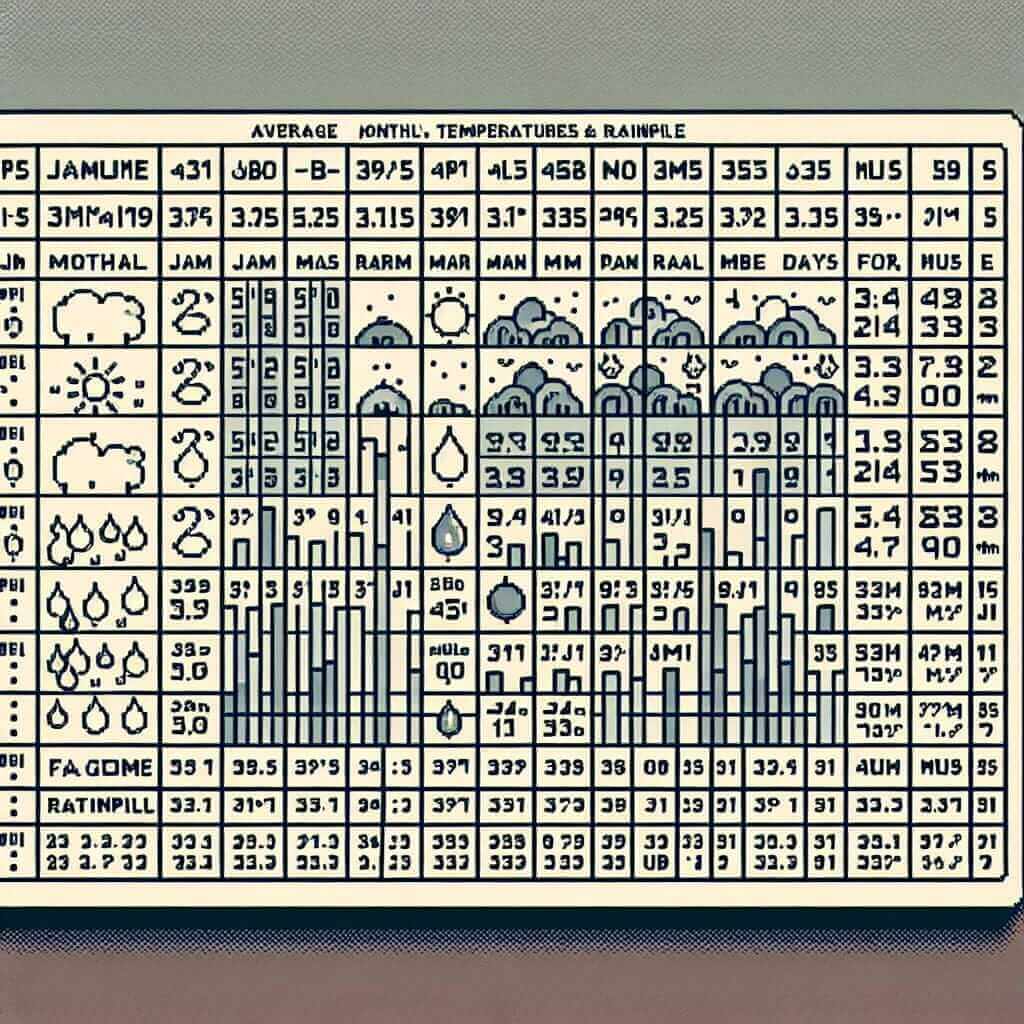As an IELTS instructor with over 20 years of experience, I’ve witnessed countless students struggle with scientific texts in the IELTS Reading section. One common challenge is understanding data presented in tables and figures. Fear not! This article will equip you with the skills to confidently tackle this section and boost your overall score.
Why Understanding Data Matters in IELTS Reading
The IELTS Reading test assesses your ability to comprehend complex information presented in various formats, including tables, charts, and diagrams. Scientific texts often utilize these visual aids to present research findings, statistics, and other crucial data. Mastering the art of data interpretation is vital for achieving a high band score.
Deciphering Data and Tables: Strategies for Success
1. Preview the Table and Questions
Before diving into the data, take a moment to skim the table or figure and read the accompanying questions. This will give you a sense of the information you’re looking for and save precious time. Pay close attention to:
- Title: This provides context and summarizes the main theme of the data.
- Headings and Subheadings: These labels clarify the variables being measured and compared.
- Units of Measurement: Understanding the units used (e.g., percentages, years, kilograms) is crucial for accurate interpretation.
2. Identify Trends, Patterns, and Relationships
Once you understand the structure, focus on identifying key trends, patterns, and relationships within the data. Look for:
- Increases and Decreases: Are there noticeable upward or downward trends in the data?
- Comparisons: How do different categories or variables compare to each other?
- Correlations: Are there any apparent connections between different sets of data?
3. Don’t Over-Analyze
Remember, the IELTS Reading test is not about having in-depth knowledge of the subject matter. Your goal is to demonstrate your ability to extract relevant information from the provided data. Avoid getting bogged down in complex calculations or trying to understand every single detail.
Example from IELTS Reading
Let’s examine a simplified example:
Table 1: Average Monthly Temperatures in City X

| Month | Temperature (°C) | Rainfall (mm) |
|---|---|---|
| January | 10 | 80 |
| February | 12 | 75 |
| March | 15 | 60 |
Question: Which month experiences the highest average rainfall?
By quickly scanning the “Rainfall” column, it’s clear that January has the highest value (80mm), making it the wettest month.
Top Tips for Success
- Practice Regularly: Familiarize yourself with different types of data presentation by practicing with past IELTS papers and sample tests.
- Focus on Keywords: Pay close attention to keywords in the questions and locate corresponding information in the tables or figures.
- Don’t Panic: If a particular table or figure seems overwhelming, move on to the next question and return to it later if time permits.
Conclusion
Mastering the art of interpreting data and tables is an essential skill for achieving a high score in the IELTS Reading section. By following the strategies outlined in this article and practicing consistently, you’ll gain the confidence to tackle this challenging aspect of the exam and achieve your desired band score. Good luck!